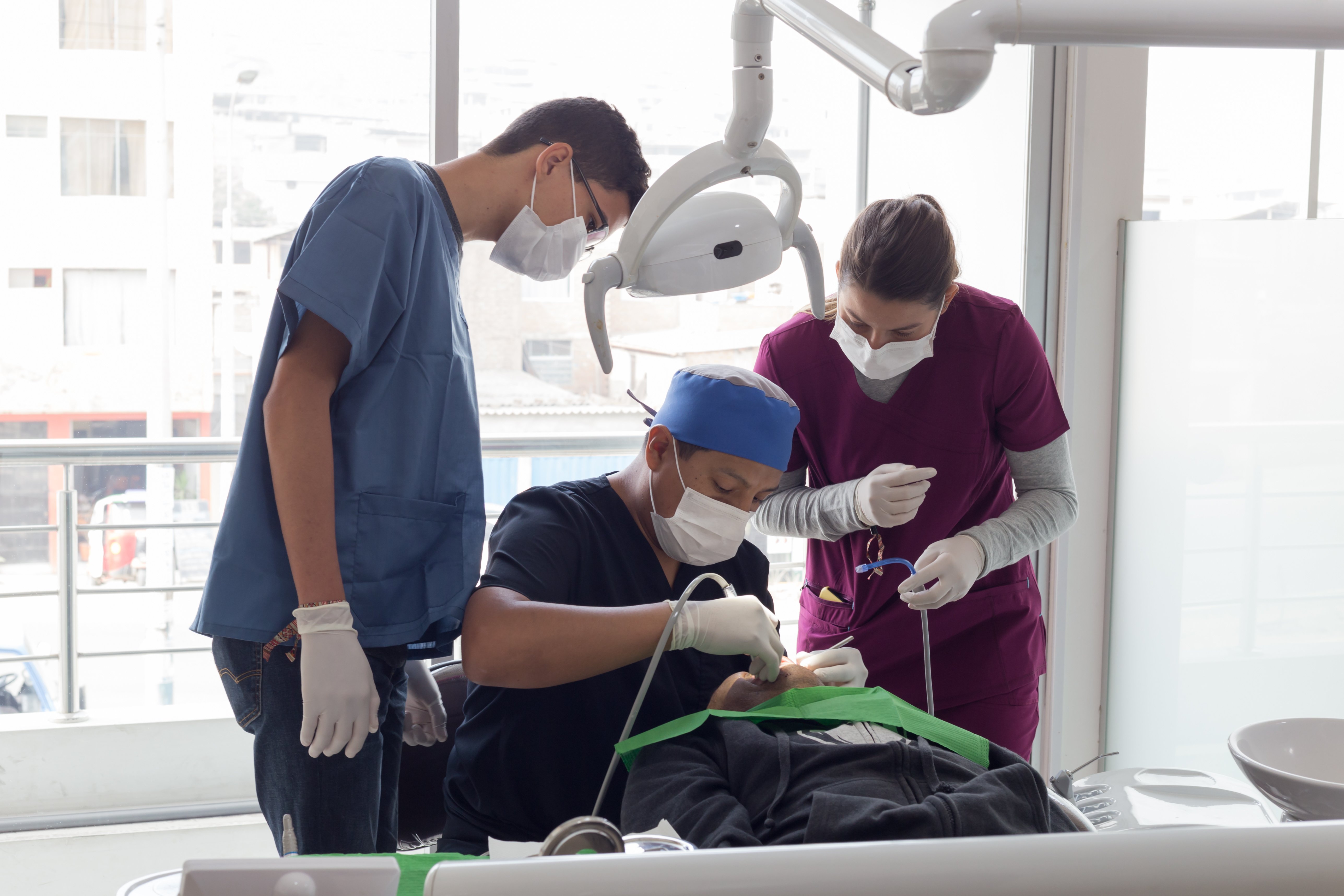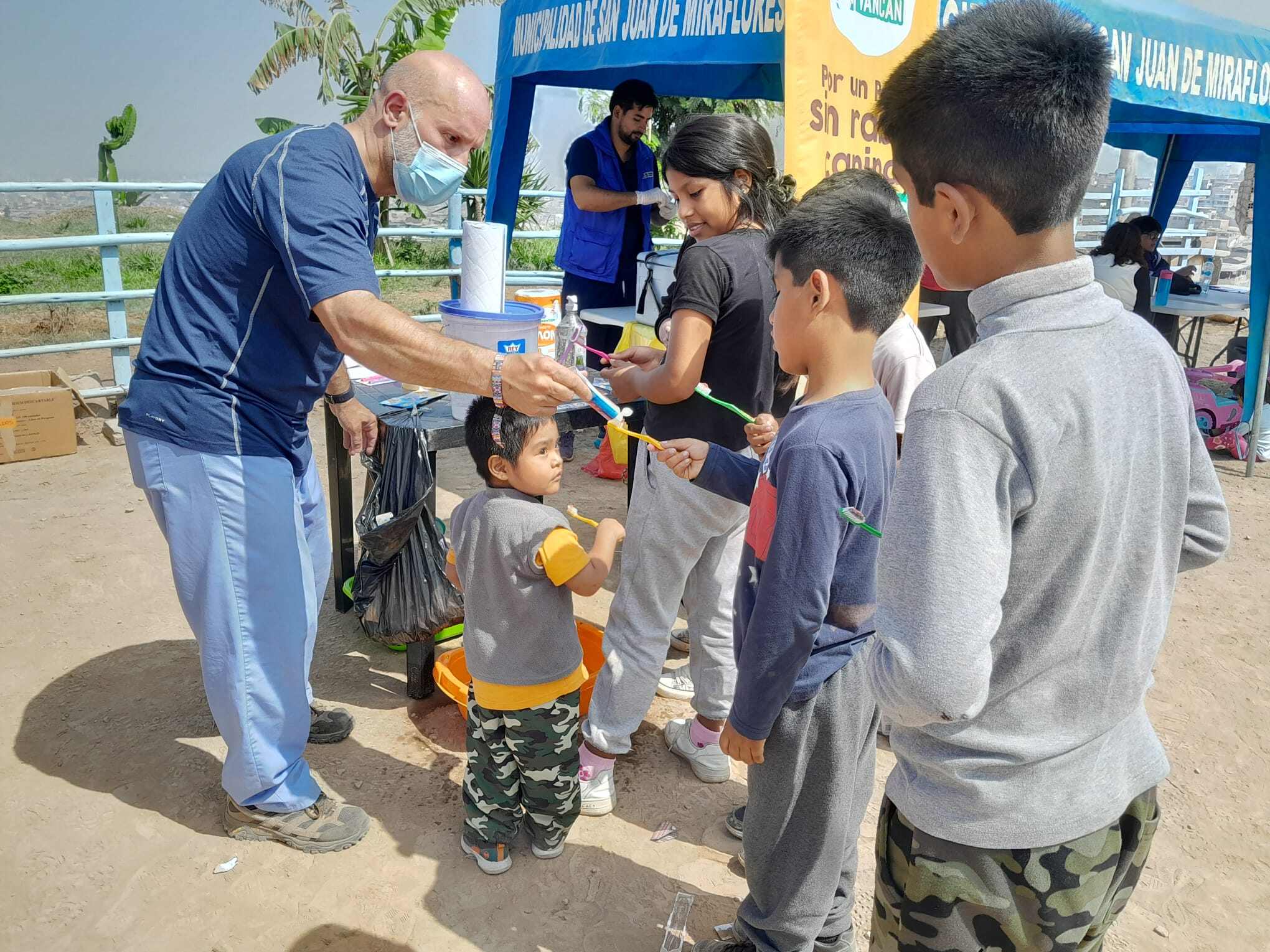
How Can Educators Provide More Hands-On Learning for Dental Students?
At Smiles Movement, we’ve seen firsthand what a difference hands-on learning makes in a dental student’s growth. It’s where curiosity turns into confidence and theory becomes skill. Yet many students still say they feel underprepared for real-world practice, not because they lacked knowledge, but because they didn’t get enough time to do the work themselves.
So the big question is: How can educators create more hands-on, high-impact learning experiences, especially when clinic schedules, accreditation requirements, and class sizes are already packed?
Here are a few ways we believe educators can bridge that gap and give every dental student the practical foundation they need.

Start Earlier with Real-World Exposure
Too often, true clinical experience starts late in a dental or dental hygiene school curriculum. One of the best ways to boost hands-on learning is to integrate it earlier—whether it’s through observation, assisting, or community outreach. For example, first-year students could assist upperclassmen during basic procedures or help with patient intake during outreach events. It’s a low-risk way to build familiarity with clinical flow and patient interaction from day one.
At Smiles Movement, we bring students into real-world settings early on. Through shadow volunteering and outreach trips, students begin engaging with patients long before they step into a campus clinic. That early exposure builds comfort, empathy, and a stronger connection between coursework and patient care.
Use Community-Based Programs to Expand Access
Clinical space on campus is limited, but the need in surrounding communities is not. Educators can partner with organizations like Smiles Movement to give students more opportunities to apply what they’ve learned in diverse, real-life environments.
Whether it’s setting up mobile dental clinics, supporting oral health workshops, or assisting in free care events, these experiences let students practice communication, chair-side assisting, and basic procedures under supervision, without waiting for clinic rotations to open up.

Blend Simulation with Purposeful Feedback
Simulation labs are essential, but they shouldn’t just be about logging hours. Educators can maximize hands-on learning by pairing simulation with structured feedback. That means creating space for reflection, self-assessment, and one-on-one coaching after every exercise.
At Smiles, we encourage students to connect what they practice in the lab to what they’ll face in the field. Small changes—like walking through case scenarios or adding peer review—can make a big difference in how students absorb skills.
Make Treatment Planning Collaborative
Planning treatment is just as hands-on as performing a procedure. Educators can bring students together across disciplines—dental hygiene school and dental programs alike—to co-review cases, propose treatment options, and talk through patient care strategies as a team.
This not only builds confidence in clinical decision-making but also reflects the collaborative nature of real dental practice. It’s one more way to turn passive learning into active engagement.
Support Student-Led Initiatives
Finally, give students the tools and freedom to create their own opportunities. Whether it's starting a study club, organizing a pop-up clinic, or leading oral health education in local schools, students who lead also learn.
Smiles Movement supports student leadership by offering toolkits, guidance, and opportunities to build their own outreach teams—because when students take ownership of their learning, it sticks.

Join the Smiles Movement to Promote Oral Health
If you're an educator looking to increase hands-on learning for your students or a dental student ready to apply what you’ve learned, Smiles Movement is here to help.
We offer real opportunities to gain experience, build confidence, and make a lasting impact through community-centered care. Our programs are designed for dental, pre-dental, and dental hygiene school students who want to learn by doing—and lead with purpose.
Download our brochure to learn more and get involved: Smiles Movement Brochure



